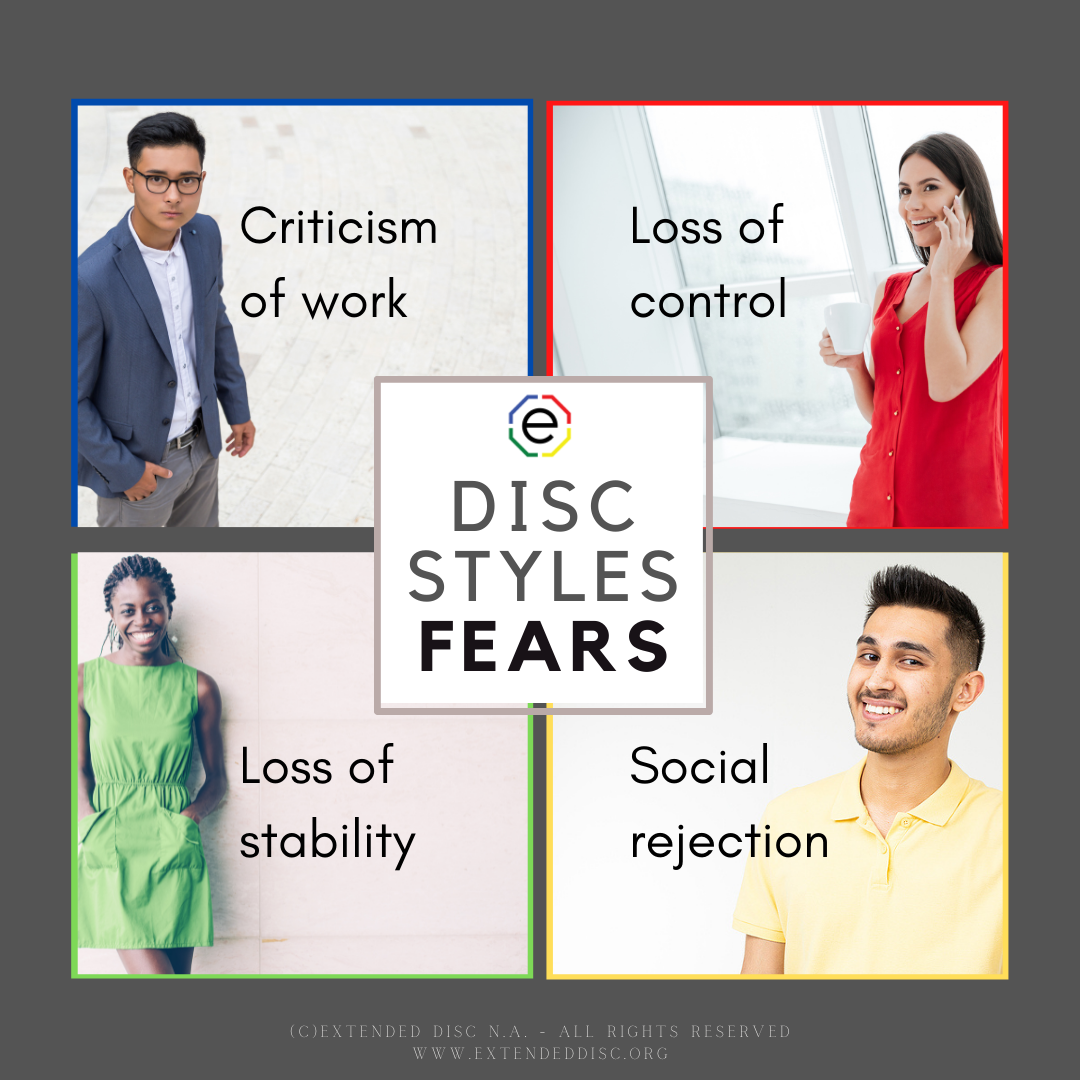Feedback is essential to your employees' productivity and development...when it's meaningful, that is.
Your constructive feedback can be both critical and complementary. More importantly, the receiver needs to find it understandable and applicable; otherwise, it's meaningless. How do you know that your employee is able or willing to use your feedback, even if it could prove helpful?
There are different reasons why the feedback does not have its intended impact. Sometimes, feedback can be hard and uncomfortable to deliver; it ends up vague and incomplete. Your intentions may not be understood and found unmotivating. Thus, your employees hear it and that's it; they don't want to or aren't able to use it.
Feedback ties to behaviors
 Effusively telling someone they did a great job might generate an enthusiastic response from one employee, but a subdued response from another. Why is that? Simply put, your employees are all different and they have difference preferences. You have preferences and they impact how you deliver feedback. You are probably delivering it in a way you'd like to receive it, but that doesn't always match up for your employees.
Effusively telling someone they did a great job might generate an enthusiastic response from one employee, but a subdued response from another. Why is that? Simply put, your employees are all different and they have difference preferences. You have preferences and they impact how you deliver feedback. You are probably delivering it in a way you'd like to receive it, but that doesn't always match up for your employees.
There may be one important thing you may be forgetting to focus on. Effective feedback ties to things the person is currently doing; what can they adjust and what they should continue doing. And, what are we talking about when we refer to "doing"? We are talking about behaviors. And, behaviors is what DISC is all about.
DISC helps identify the preferred behaviors of your people, including how they prefer to receive feedback. It's helpful because you can better understand their motivators, fears, and preferred ways of communication.
How your D-styles prefer feedback
 Your D-styles wants feedback to be brief and specific. They want you to get to the point quickly. They respond more positively if the feedback focuses on how it helps them accomplish their tasks and goals and they are able to maintain a sense of control, even in feedback session.
Your D-styles wants feedback to be brief and specific. They want you to get to the point quickly. They respond more positively if the feedback focuses on how it helps them accomplish their tasks and goals and they are able to maintain a sense of control, even in feedback session.
D-styles typically do not respond emotionally to criticism. They might even think, "Criticism? What's that?" Constructive criticism should zero in on what behaviors are helping your D-styles reach their goals. D'styles prefer "what" questions such as, "this is what's in it for you."
Consider delivering feedback in the form of a challenge to spark their natural competitiveness. You could say, "you closed 20 deals last quarter. Great job! If you adjust your cold calling system this way, you'd be able to close at least 25 deals this quarter and come out on top. What do you think?"
How your I-styles prefer feedback
Your I-styles are receptive to feedback if it's done in a more casual setting, where they have time to interact with you. Be more personable and give them opportunities to speak. Focus more on emotions and keep topics positive; avoiding negatives whenever possible. Avoid too much details and data.
Try to focus more on people-oriented "who" questions, such as, "one of your strengths is your ability to connect people together. Who could your networking strengths be used on to help us launch this project?"
Your I-styles fear a loss of influence and social rejection. Frame your feedback to focus more on their personal achievements and used more effusive descriptors. Also, share their successes publicly whenever possible.
How your S-styles prefer feedback
 Don't just tell your S-styles they did a good job; tell them how they did a good job. Heaping vague daily phrases like "keep up the good work" or "good job" can actually create the opposite effect of what you intended. Be sincere. They want you to take the time and share what you think they did a good job on.
Don't just tell your S-styles they did a good job; tell them how they did a good job. Heaping vague daily phrases like "keep up the good work" or "good job" can actually create the opposite effect of what you intended. Be sincere. They want you to take the time and share what you think they did a good job on.
Your S-styles seek your approval and viewpoint, but at the same time, they need time to process your feedback. They tend to fear sudden changes and disruptions to their status quo. Answer their questions carefully and provide assurance and support whenever possible.
Your S-styles are team players. Try framing your feedback in plural form over individual. For example, ask them "how we are going to manage the upcoming changes to the team's goals?" or "how can we improve our customer response system?"
How your C-styles prefer feedback
Your C-styles are more receptive to feedback that focuses on agreed upon standards and supportive facts. They prefer to receive feedback in a more formal environment; minimizing the personal and abstract chitchat.
Your C-styles fear criticism of performance and surprises. Prepare them for the feedback session by providing as much information as possible; preferably in writing.
During the session, try to slow down and proceed logically. Be prepared to answer their questions with supportive and detailed information. It may be better to offer the additional information in writing so they have time to process the information.
Your C-styles ask and respond well to "why" questions. For example, "the reason why, I've identified these areas is because..."
Your feedback guidebook
If you have access and permission to review the DISC results for your team members, then you have valuable information on how to deliver meaningful feedback.
Another option is to run the Pair Assessment for you and your direct report. It will help you understand how your DISC-styles complement one another and where behavioral gaps exist. It will not only improve your feedback session, but your overall interactions.
